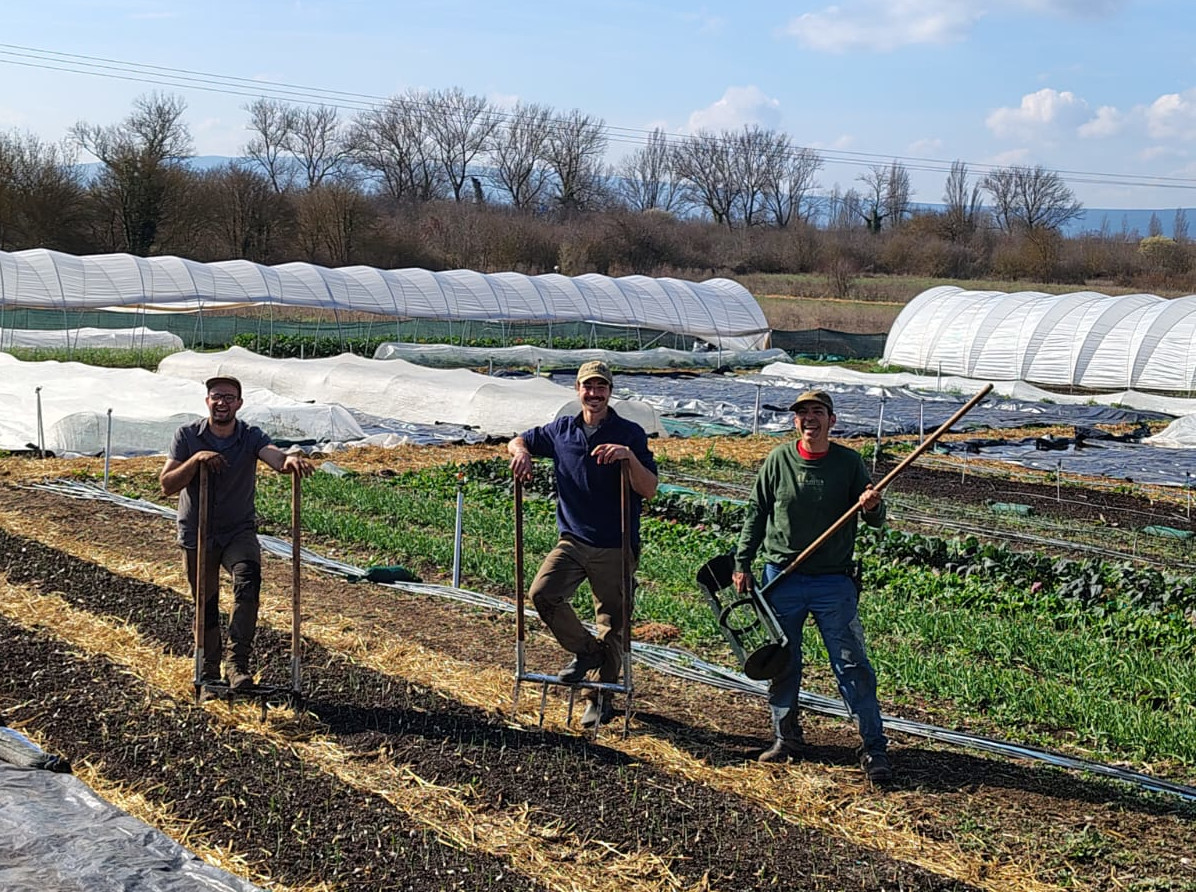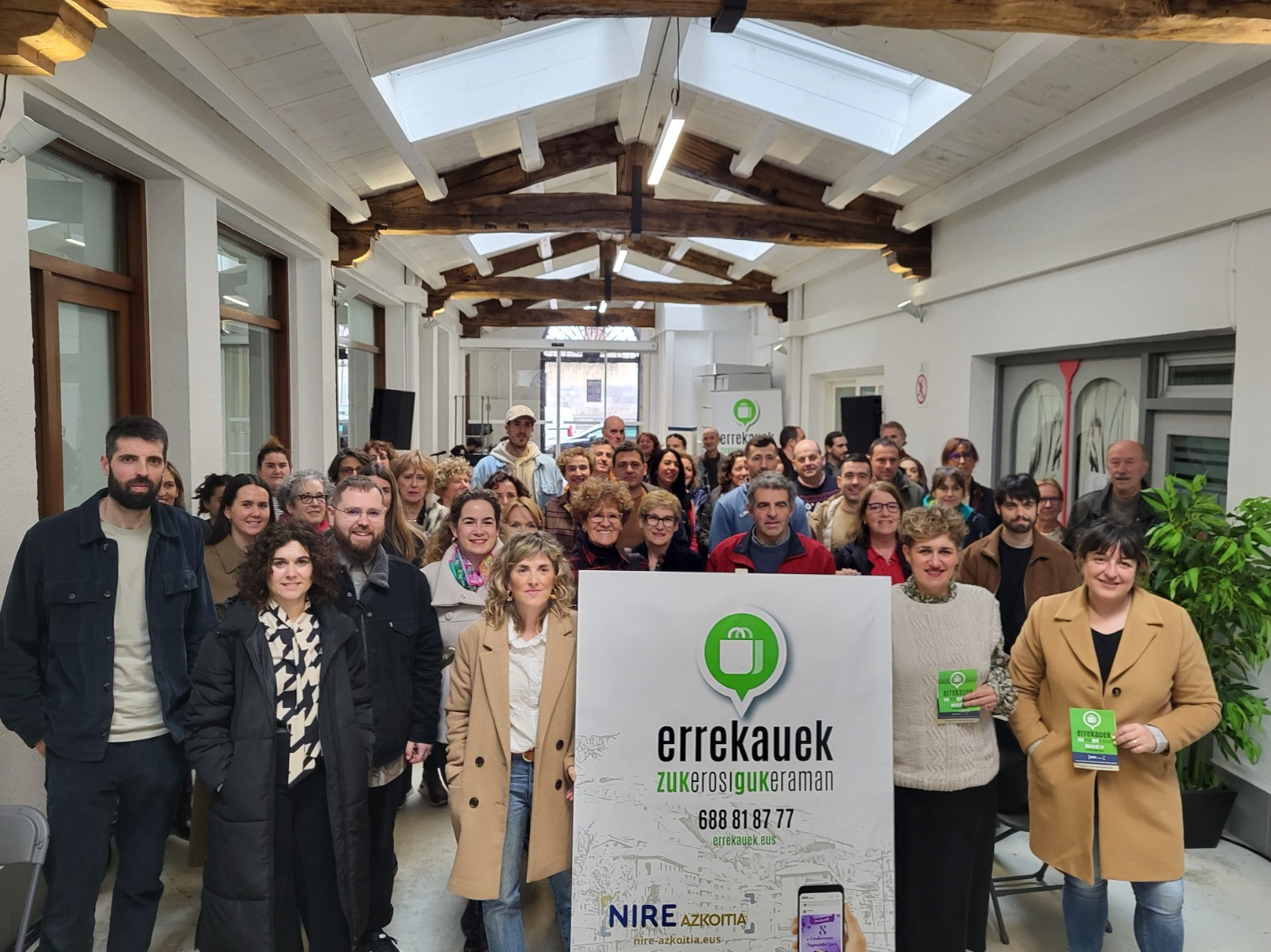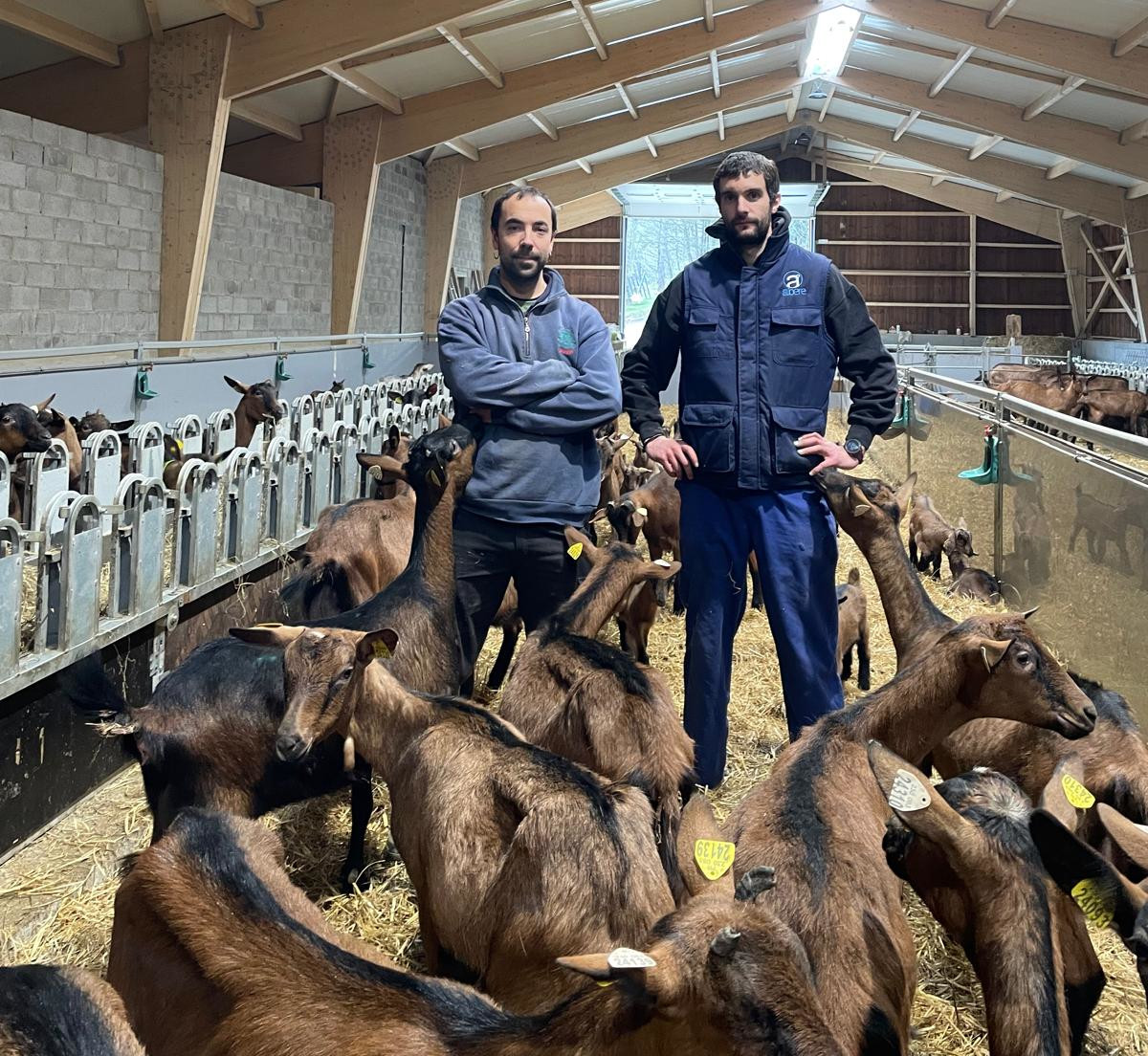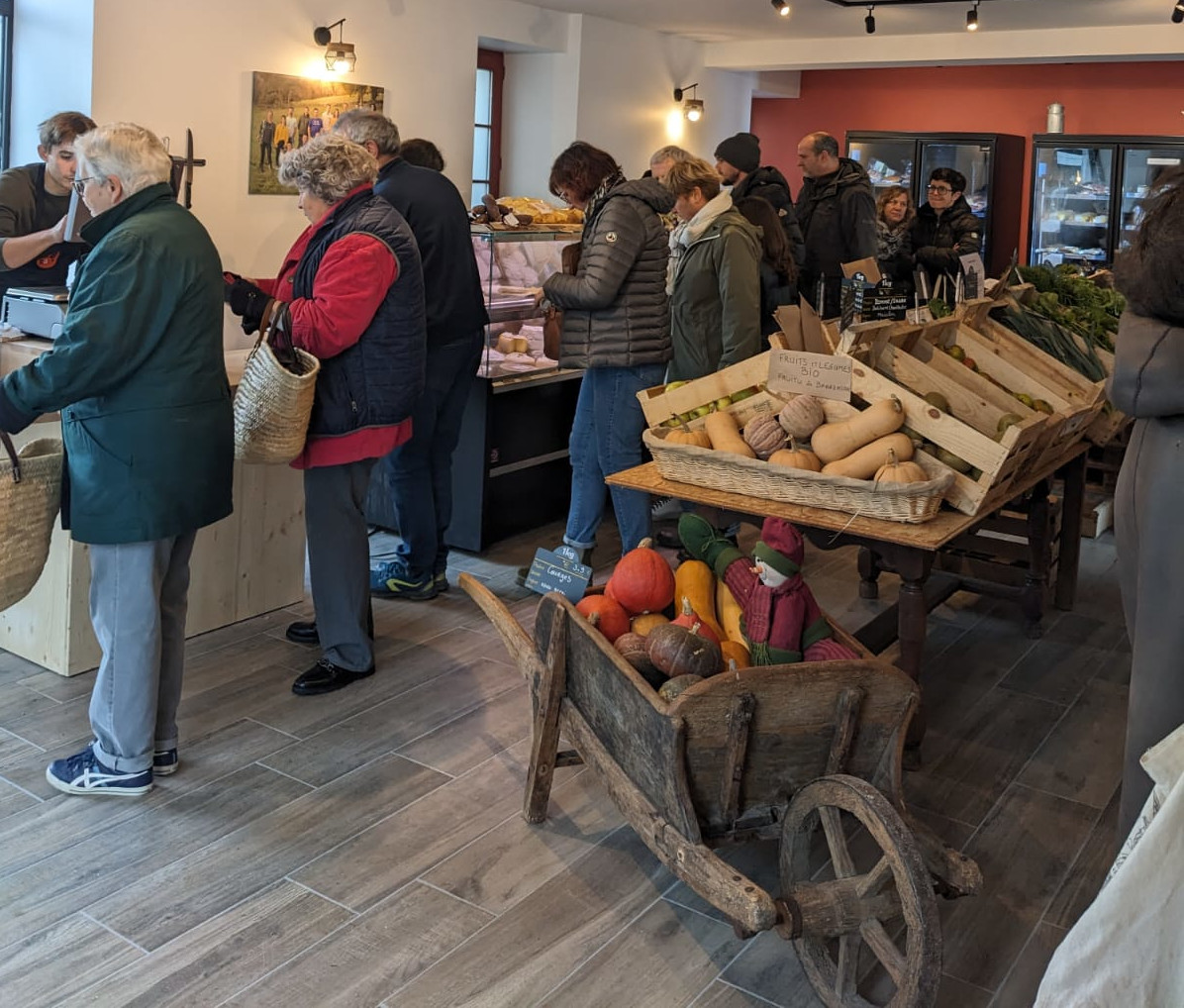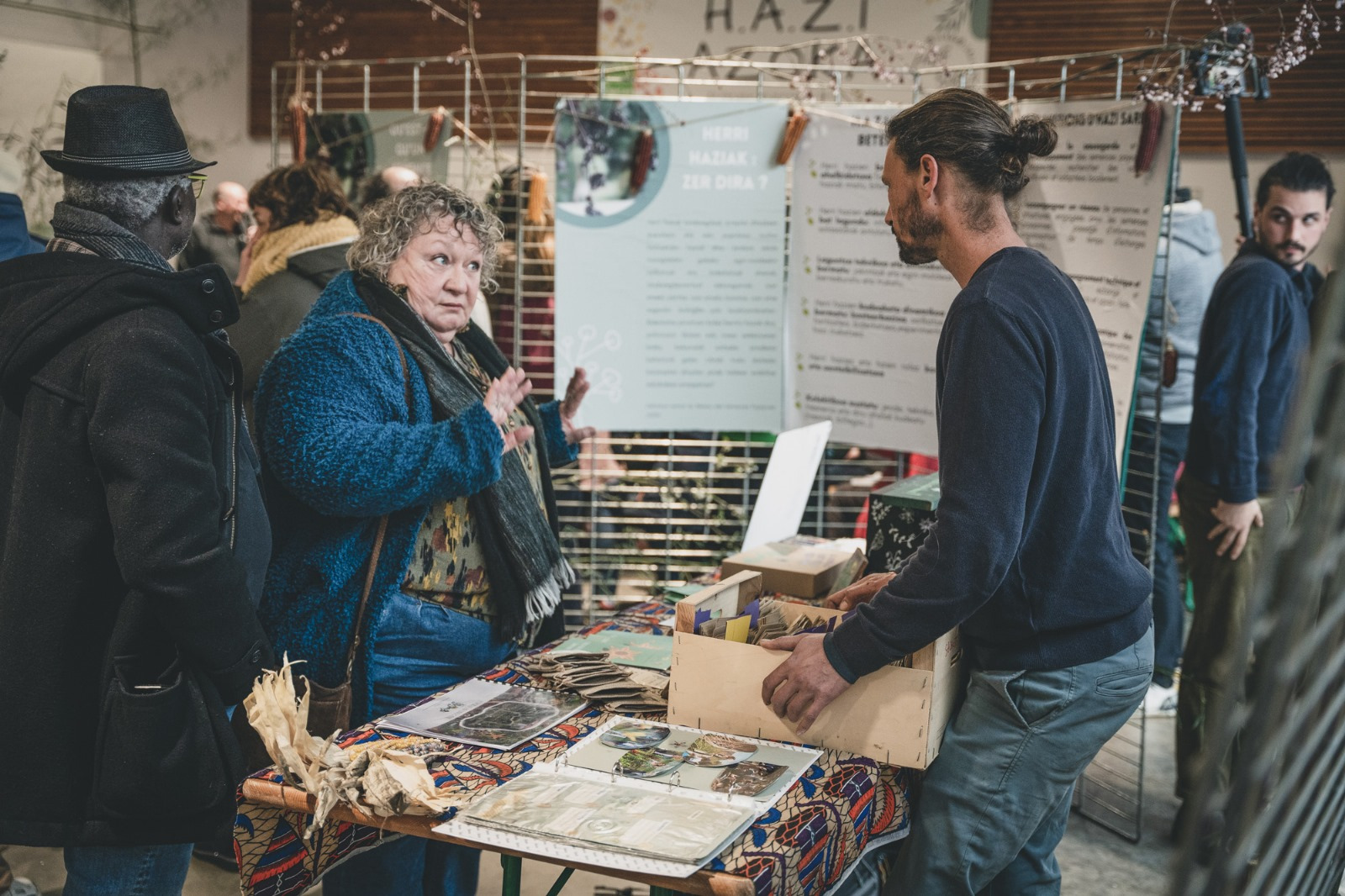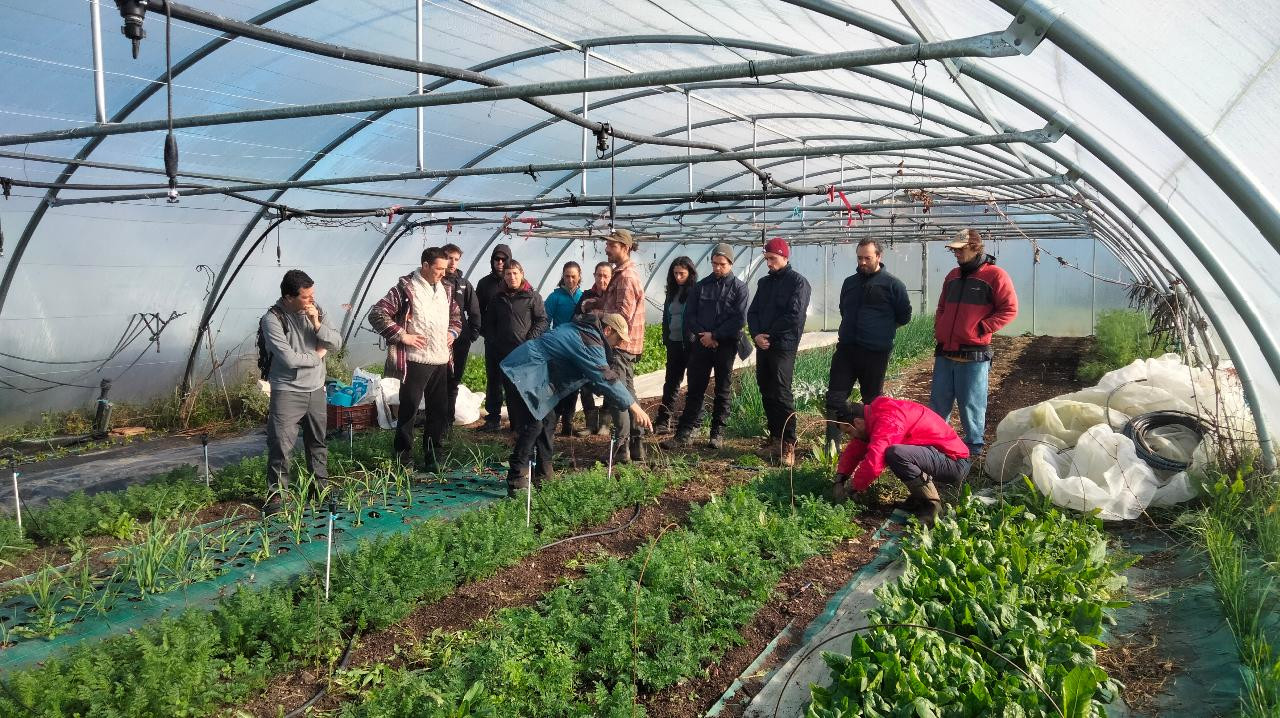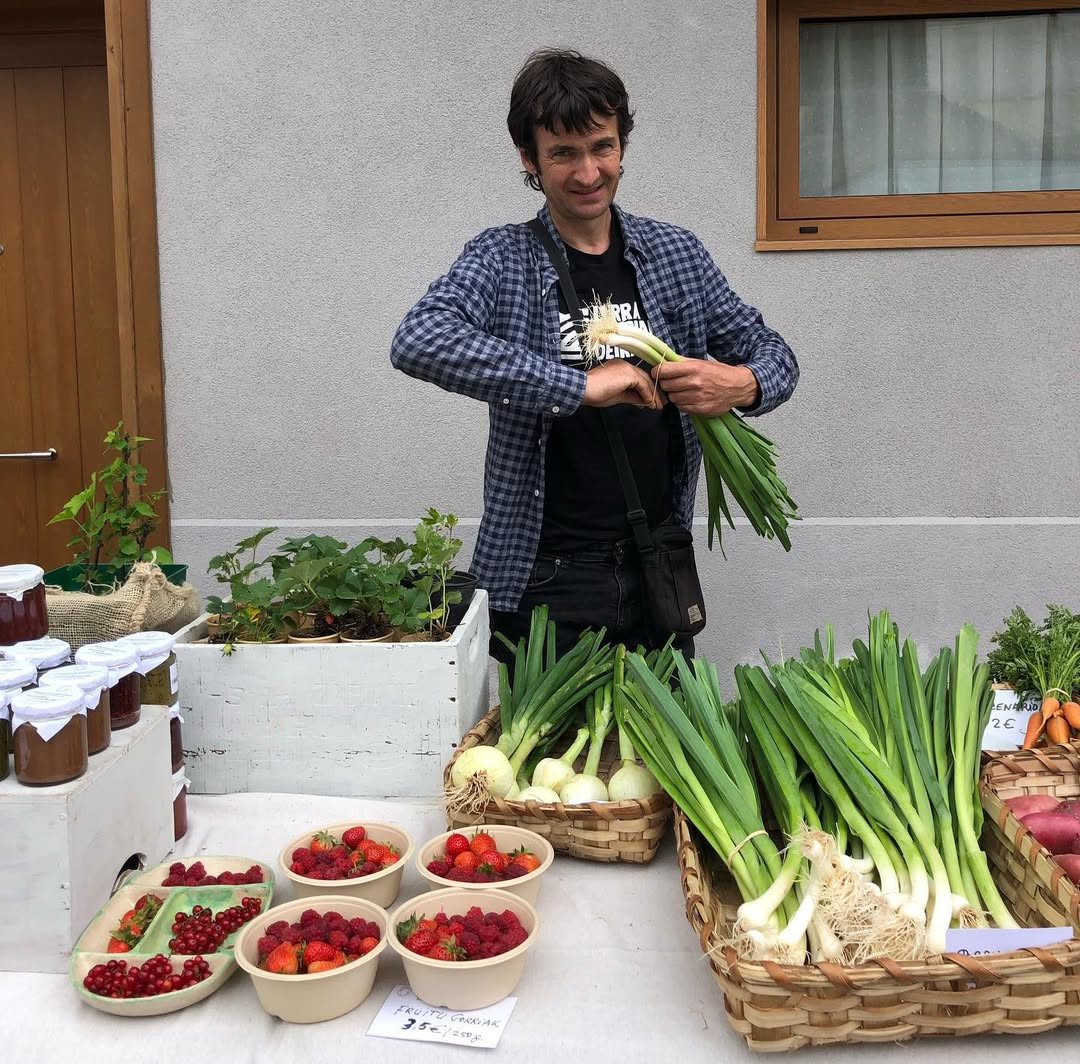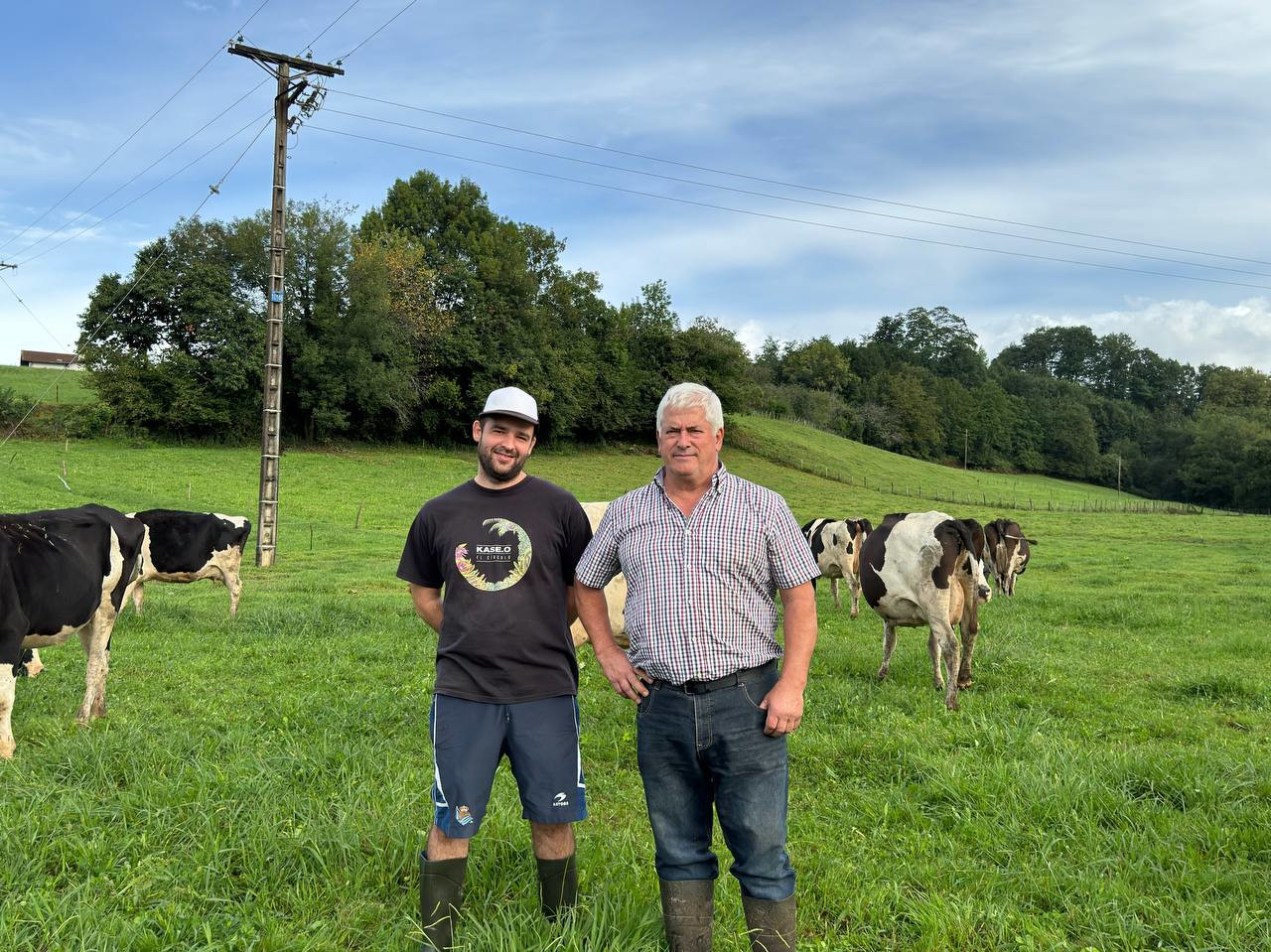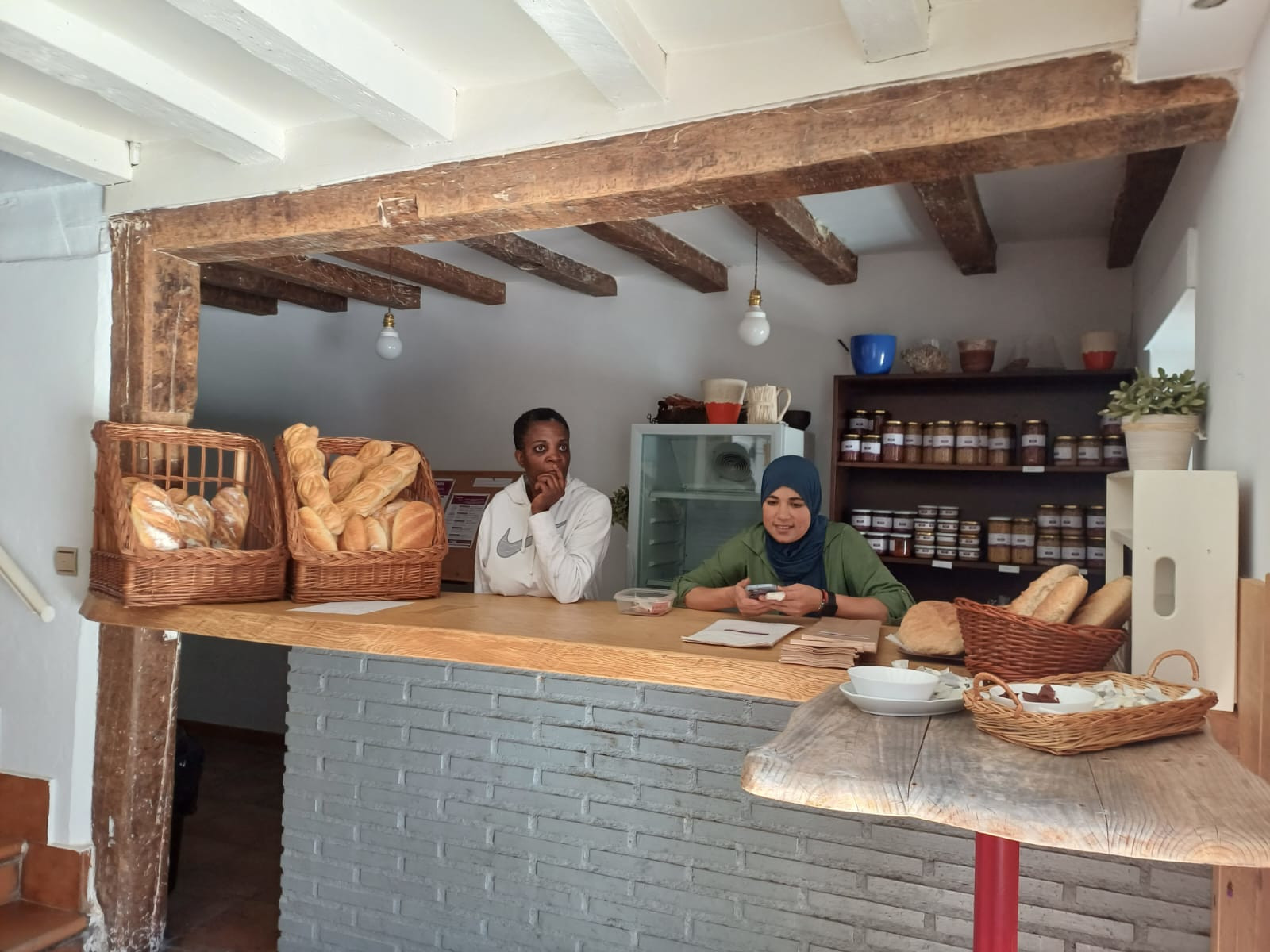“We wanted to create a circular project by paying the justice to the pastors”
- Adriana Ojer Ruiz and Alain Flores Mendia are the people behind the Artal project. Some will be familiar with the project as the Clouds of Artil, a name with which until recently their craft products made of wool were signed. Now, after taking a leap in the workforce and seeing that the project has taken a new dimension, they decide to redenominate the initiative. “The name of Artal comes, in a way, from Artea because it is our philosophy: to live by caring and relating like in a flock of sheep,” says Flores. Workshop in Zorokiain.

Ojer wanted to start working on wool in a course to make felt in Lakabe. He later acquired the goru, an instrument for spinning tissues, and the cardinal, two small machines. “We were studying in the workshop of a man who worked wool in Brittany, and then we thought we had to bring this to Euskal Herria, because wool was becoming a problem.” With what we learned in Brittany, in 2015, a wool yurt was made for them, and other products began to be produced in a more serious way: soaps, mats, wallets, lamps... coming in nearby markets and in small shops.
“In Euskal Herria there is not much information about this activity, and we have turned a lot to training towards France. On the other hand, those of Sara’s Iletegia project have also helped us a lot,” explains the artisan. Today you buy wool from five Navarran pastors, who work mainly with the Navarre breed and the berrincho, but also with the latxa. “Latxa wool is harder to grow, but gradually we are introducing products.” The payment of justice to pastors is basic to them.
Templates to yurt
The members of the Artal have taken about 2,000 kilos of wool to clean this year. We asked Flores to explain what the whole process looks like. “We collect the wool, select it and take it outside to a laundry room. Then we took one part to load to do as big blankets, and another part we worked on in the workshop with a small carding,” he says. He adds that they have to bring large quantities of wool to the laundry, because if they are less than 500 kilos they do not take them. “This is an impediment to small projects that force us to make big investments,” he says.
And what do you do when you load your wool? Blankets, belts, soaps coated with wool sponges, blankets, lamps, slippers, insoles… “Apart from that, we are very open to new ideas and we like to experiment,” he says. For next year, for example, bags and jackets are being worked. But wool is also dedicated to another special activity in Artal: the construction of accommodations. “We learned to do our own thing, and now we also offer the construction of yurts. Wool is used as an insulator, because it has very appropriate characteristics, because besides sweating it regulates moisture”.

Duela lau urte abiatu zuten Azpeitian Enkarguk proiektua, Udalaren, Urkome Landa Garapen Elkartearen eta Azpeitiako eta Gipuzkoako merkatari txikien elkarteen artean. “Orain proiektua bigarren fasera eraman dugu, eta Azkoitian sortu dugu antzeko egitasmoa, bere izenarekin:... [+]
Donostiako Amara auzoko Izko ileapaindegi ekologikoak 40 urte bete berri ditu. Familia-enpresa txikia da, eta hasieratik izan zuten sortzaileek ile-apainketan erabiltzen ziren produktuekiko kezka. “Erabiltzaileen azalarentzat oso bortzitzak dira produktu gehienak, baina... [+]
Ubidekoak (Bizkaia) dira Imanol Iturriotz eta Aritz Bengoa gazteak. “Lagunak gara txikitatik, eta beti izan dugu buruan abeltzaintza proiektu bat martxan jartzeko ideia”, azaldu du Iturriotzek. Nekazaritzari lotutako ikasketak izan ez arren, baserri munduarekin eta... [+]
Iruñean bizi ziren Iñaki Zoko Lamarka eta Andoni Arizkuren Eseberri gazteak, baina familiaren herriarekin, Otsagabiarekin, lotura estua zuten biek betidanik. “Lehen, asteburuetan eta udan etortzen ginen eta duela urte batzuk bizitzera etorri ginen”, dio... [+]
Gipuzkoako hamaika txokotatik gerturatutako hamarka lagun elkartu ziren otsailaren 23an Amillubiko lehen auzo(p)lanera. Biolur elkarteak bultzatutako proiektu kolektiboa da Amillubi, agroekologian sakontzeko eta Gipuzkoako etorkizuneko elikadura erronkei heltzeko asmoz Zestoako... [+]
Emakume bakoitzaren errelatotik abiatuta, lurrari eta elikadurari buruzko jakituria kolektibizatu eta sukaldeko iruditegia irauli nahi ditu Ziminttere proiektuak, mahai baten bueltan, sukaldean bertan eta elikagaiak eskutan darabiltzaten bitartean.








